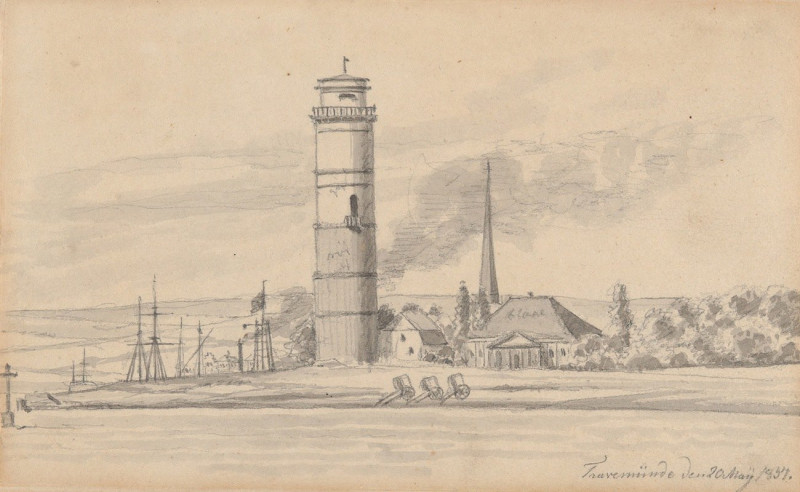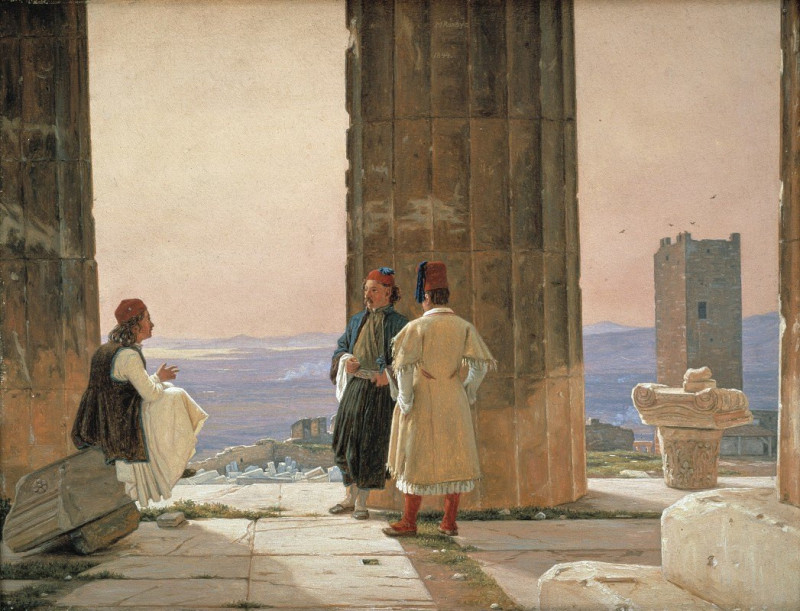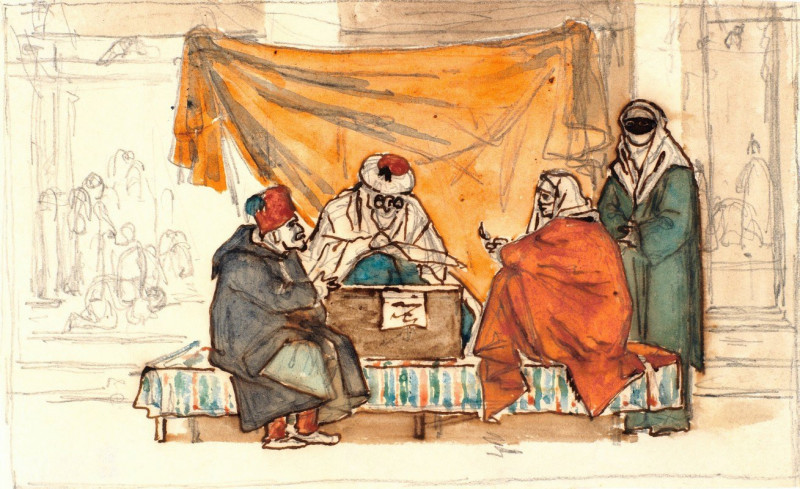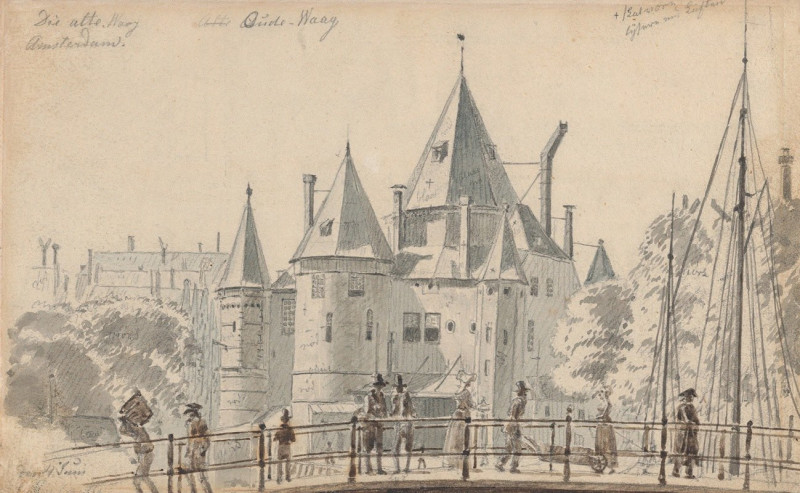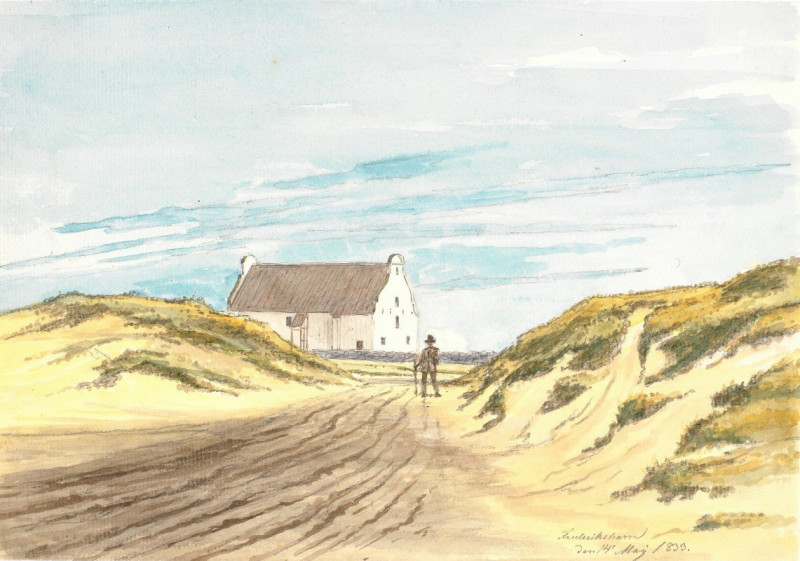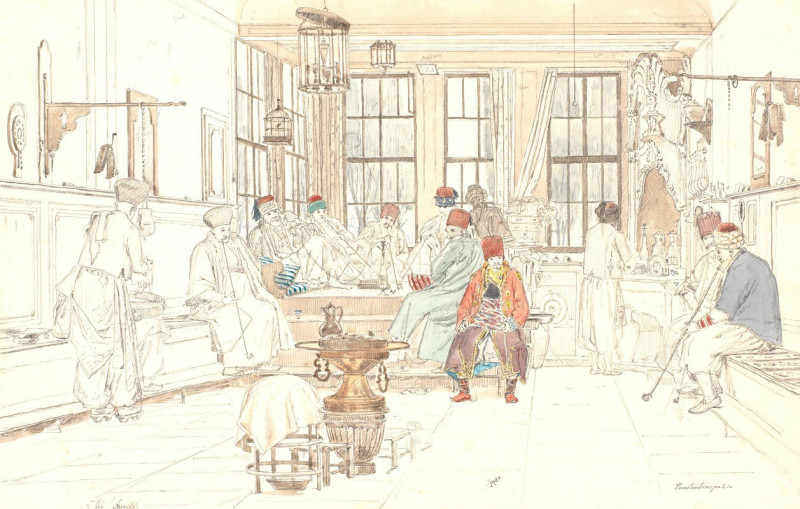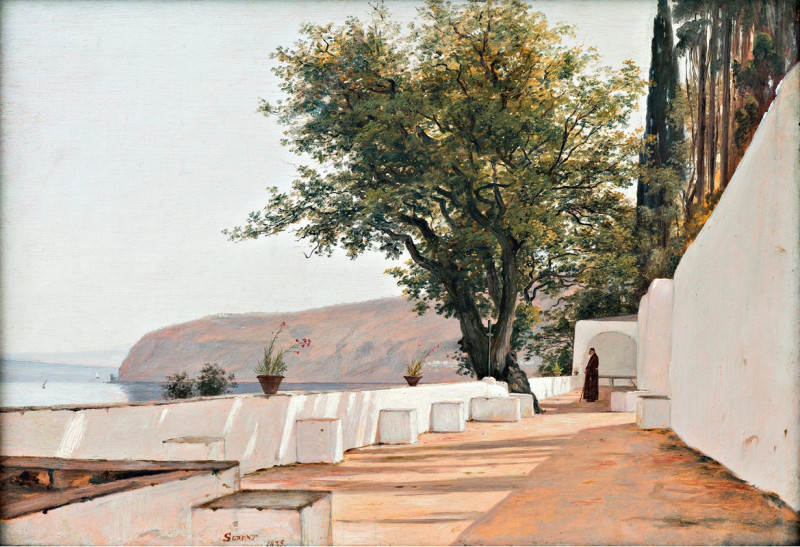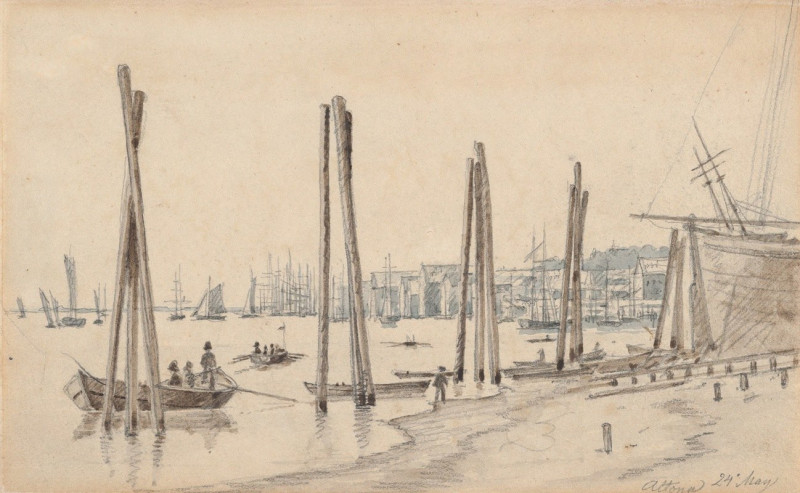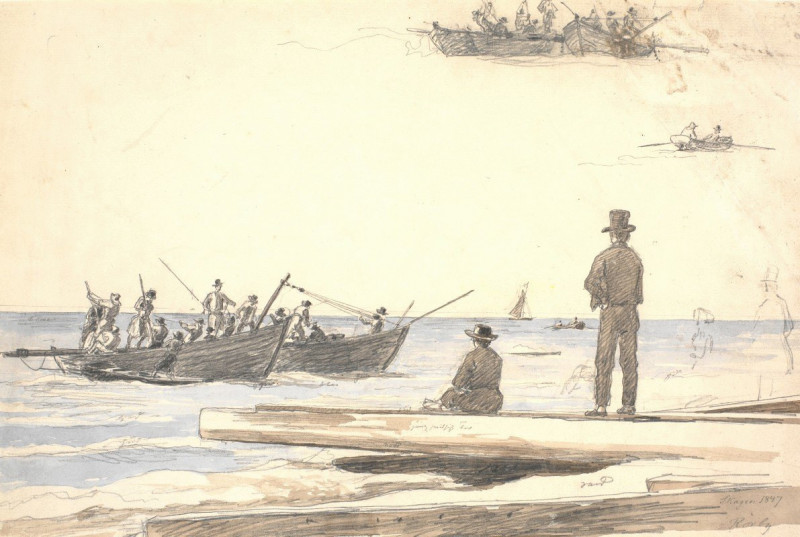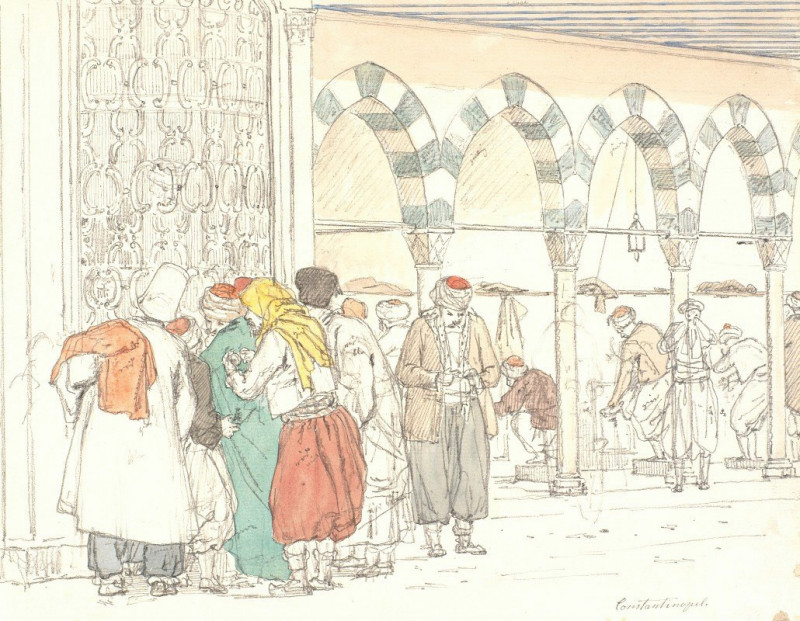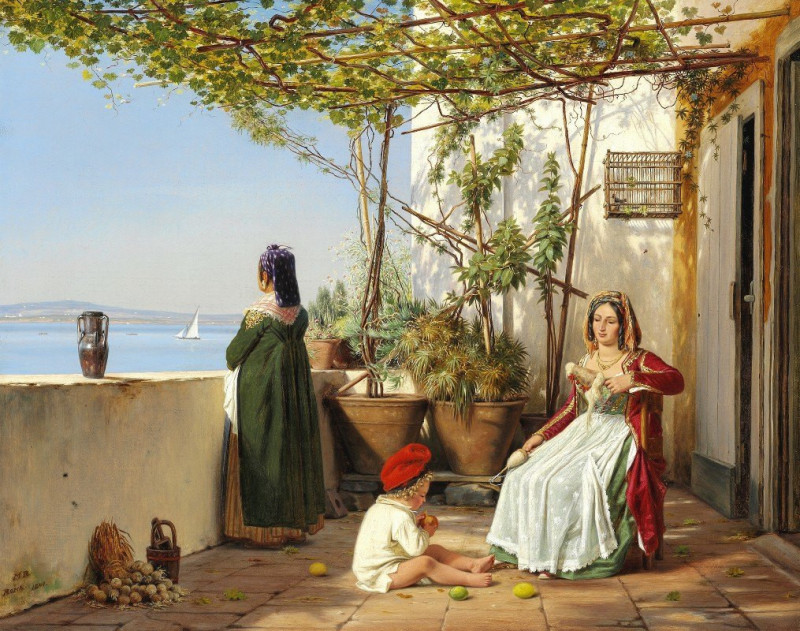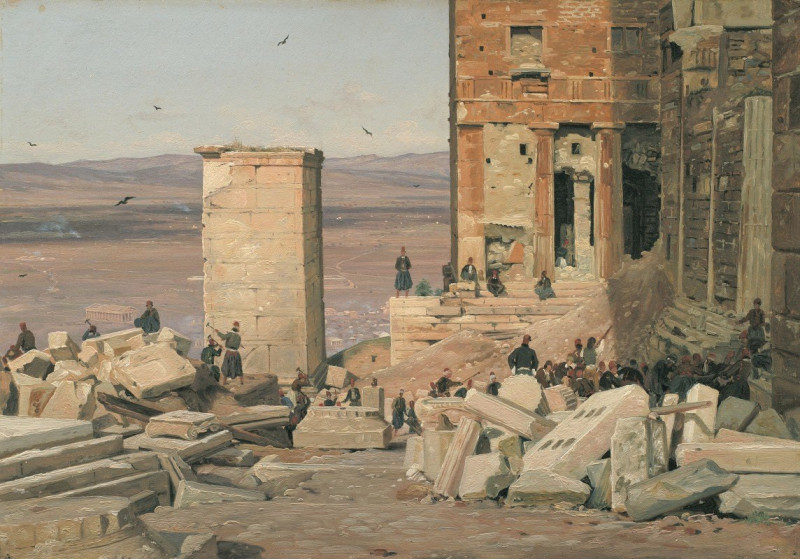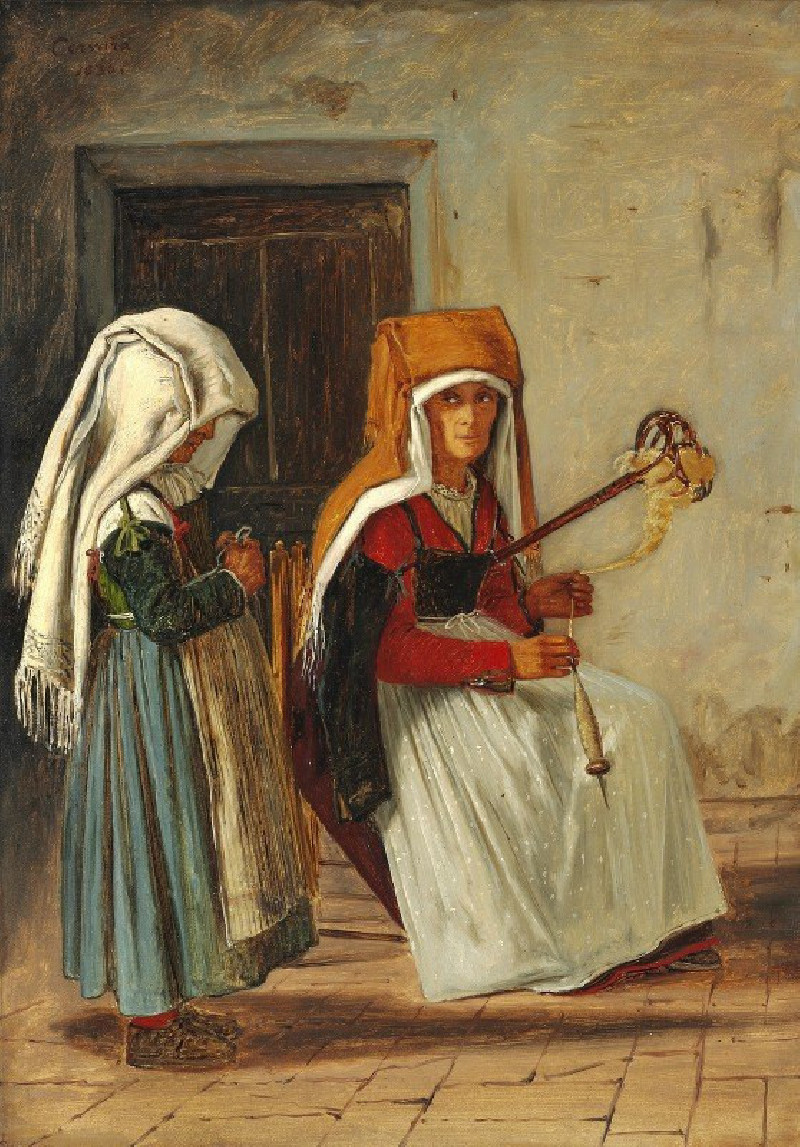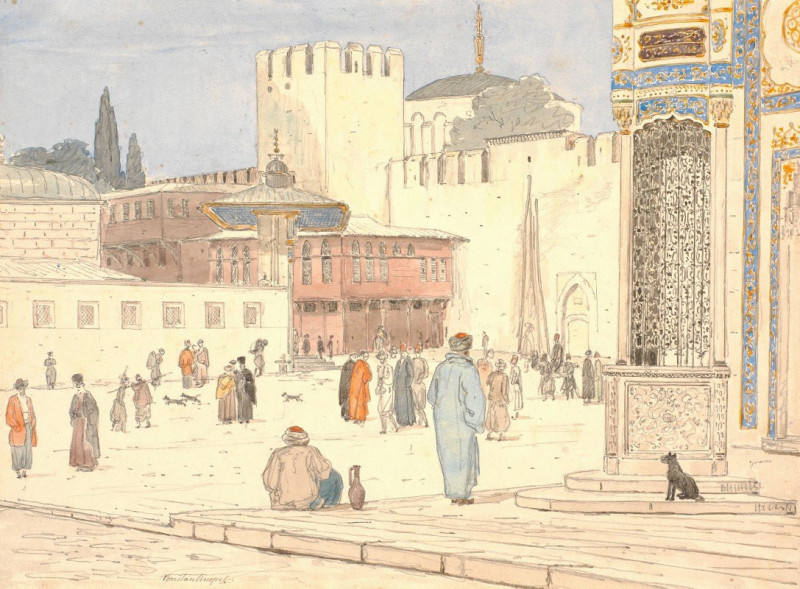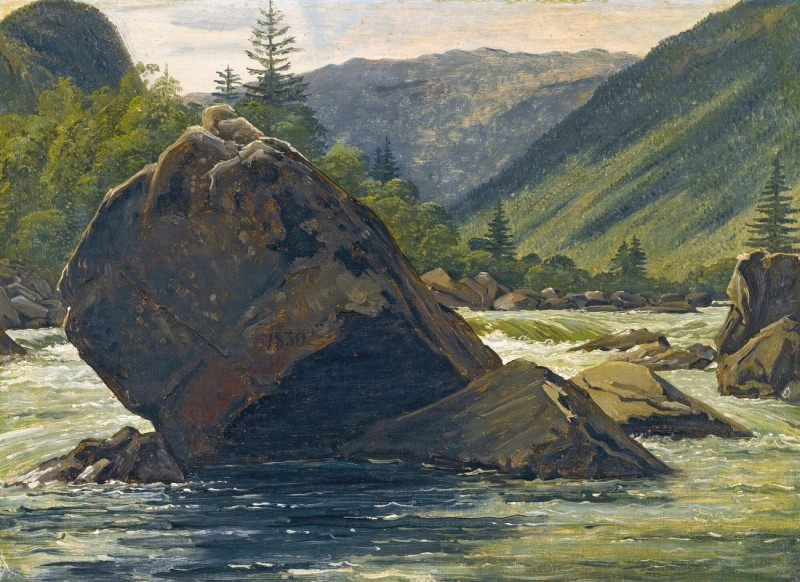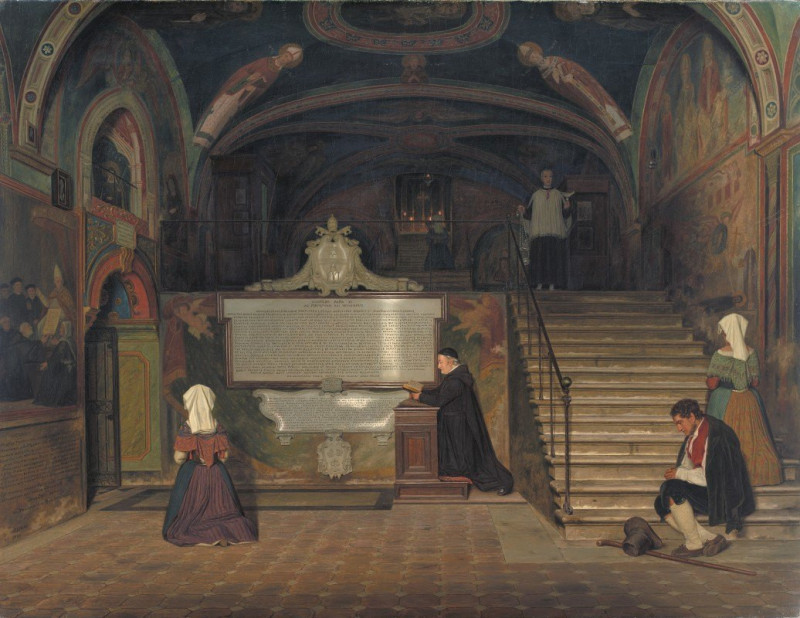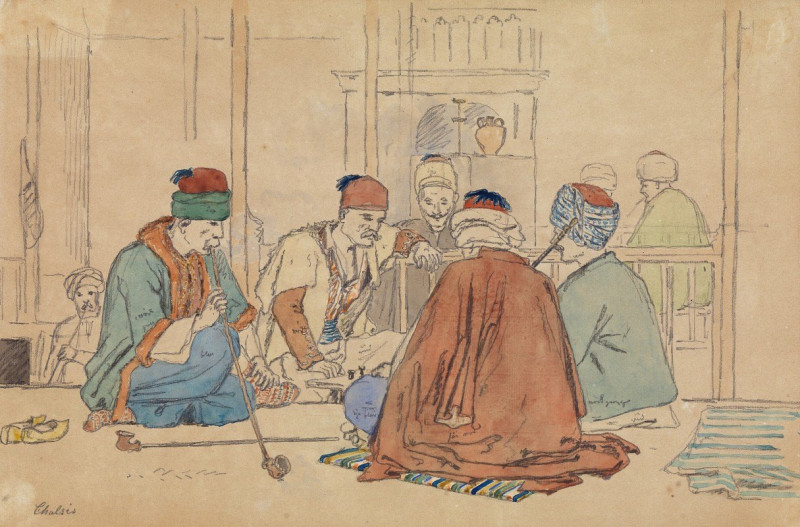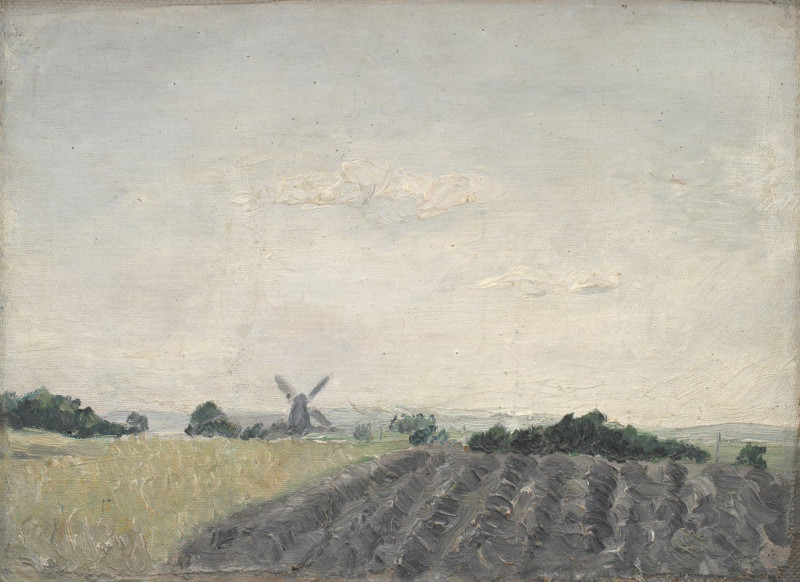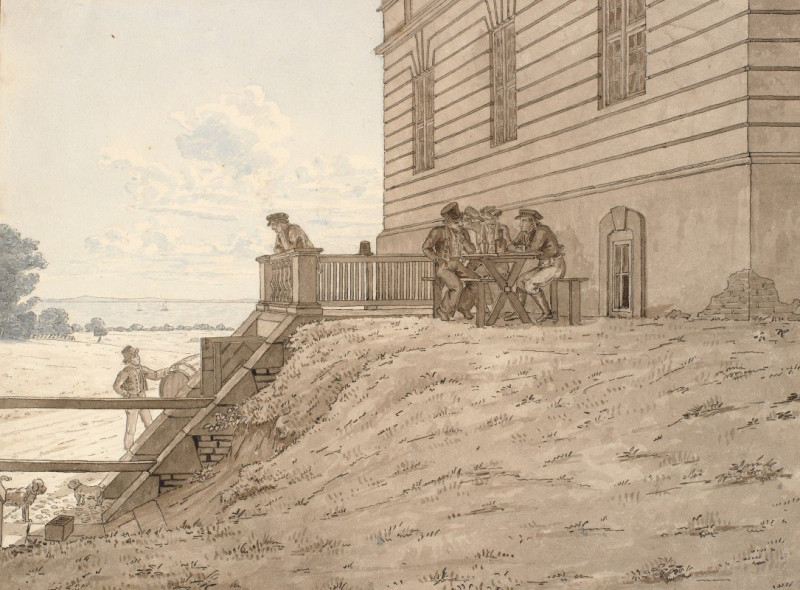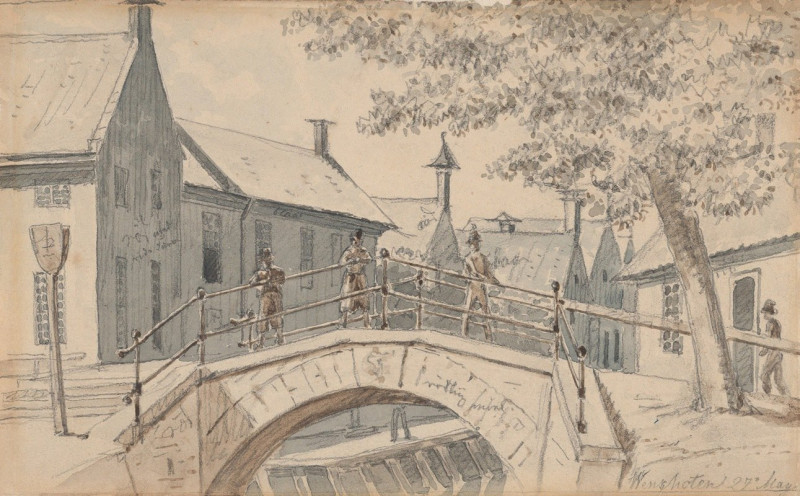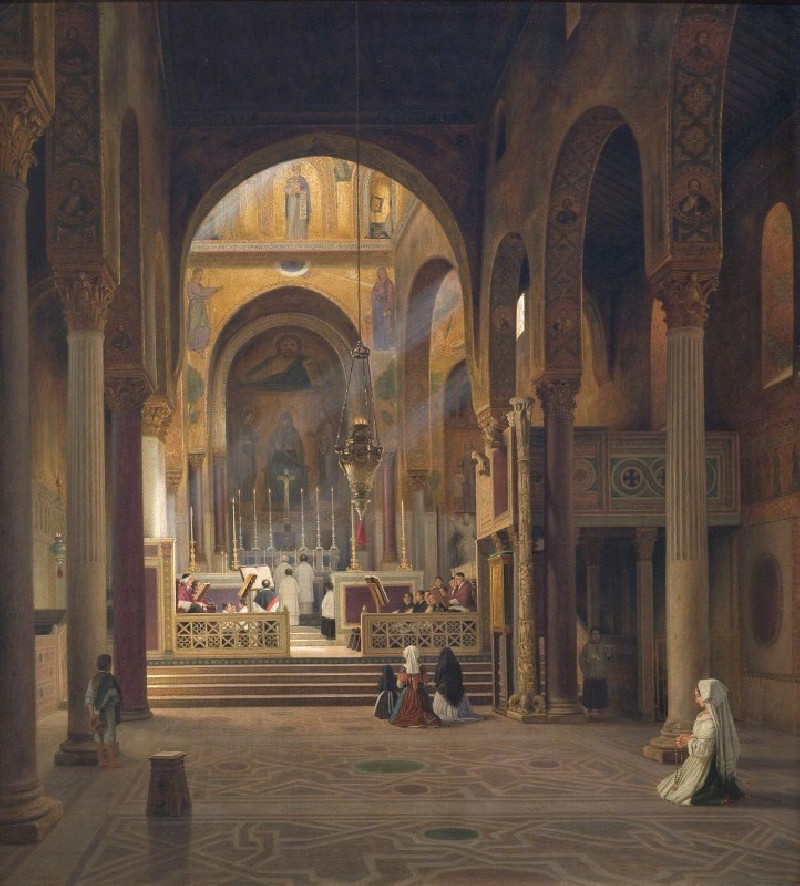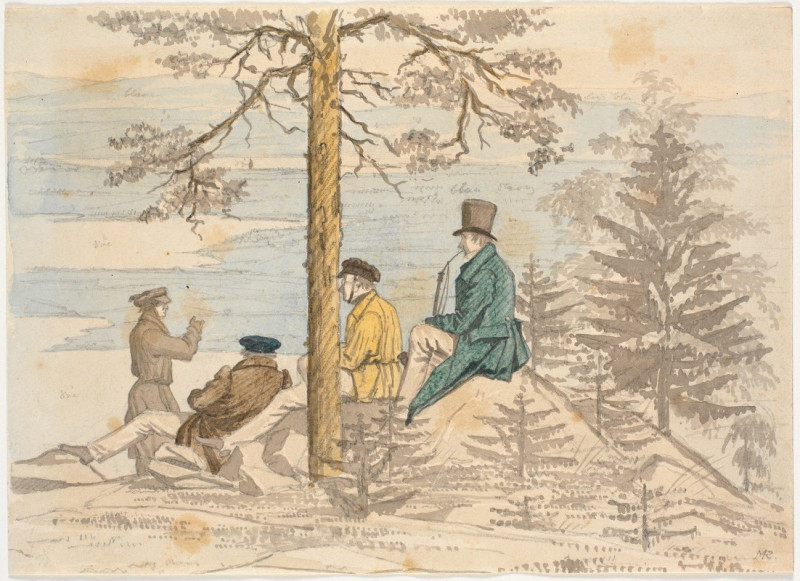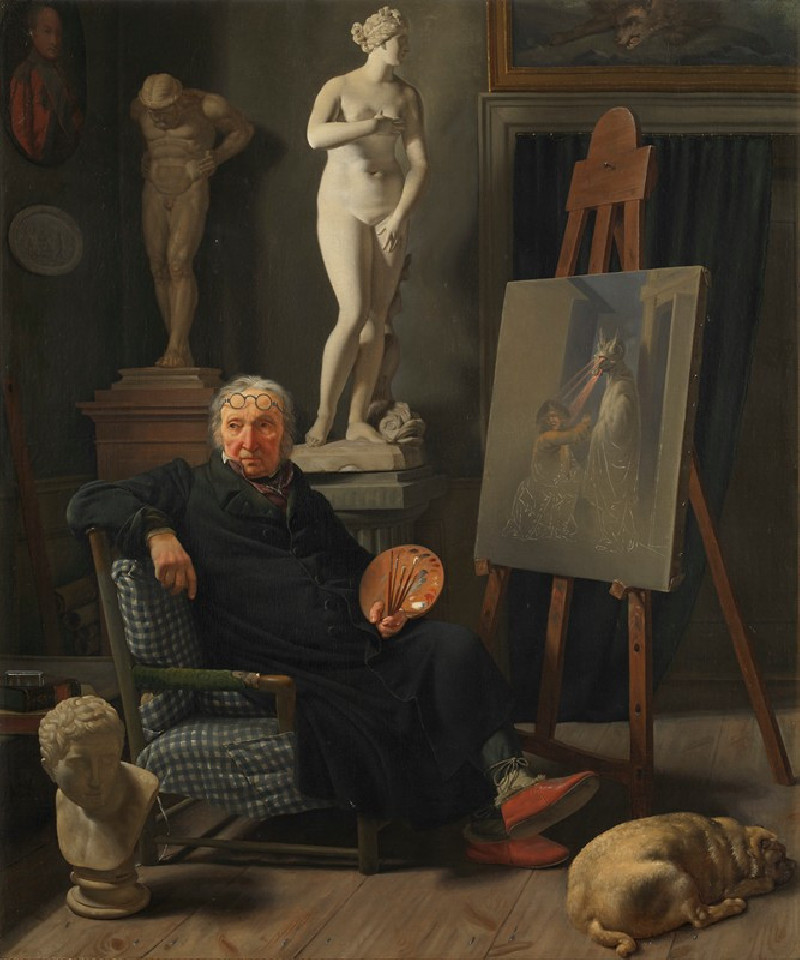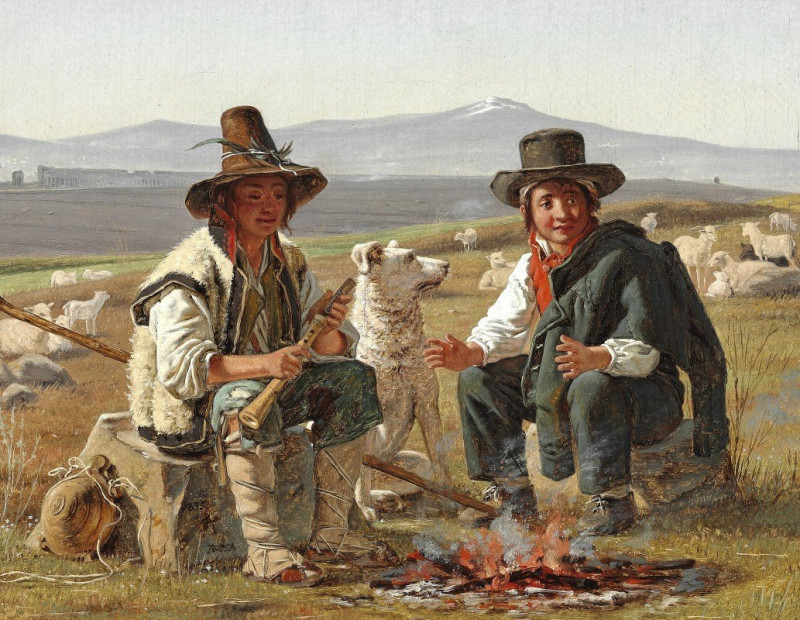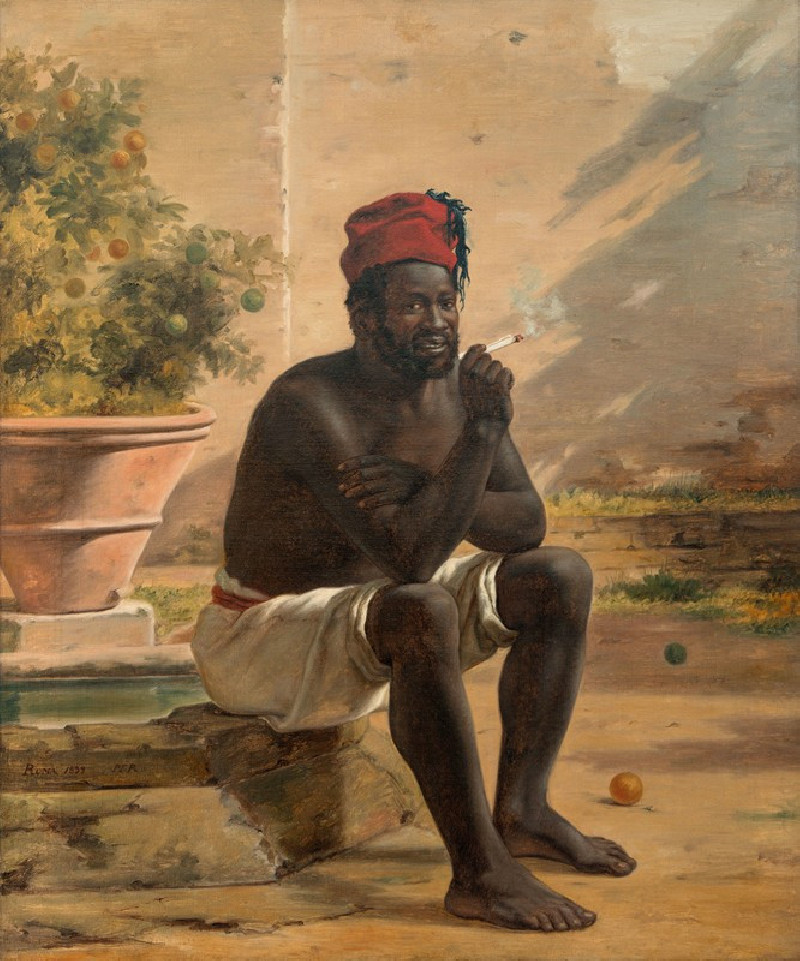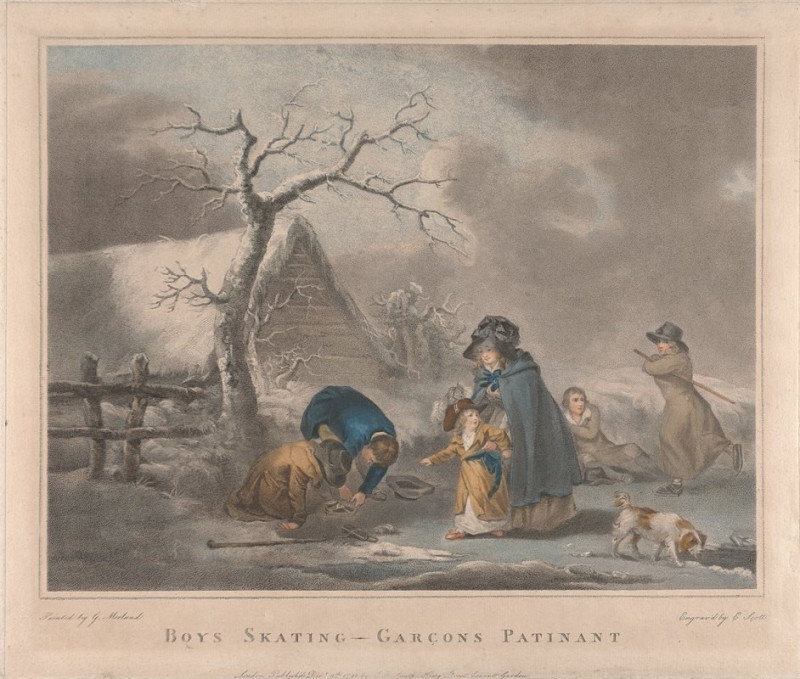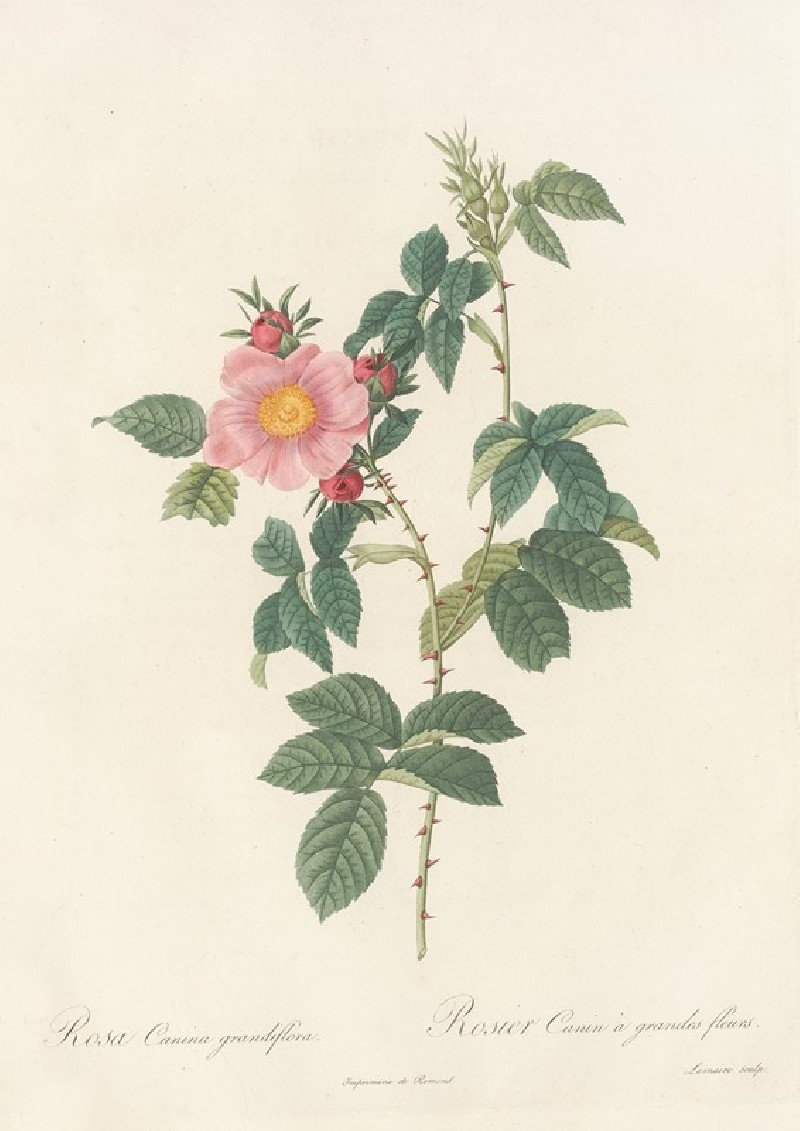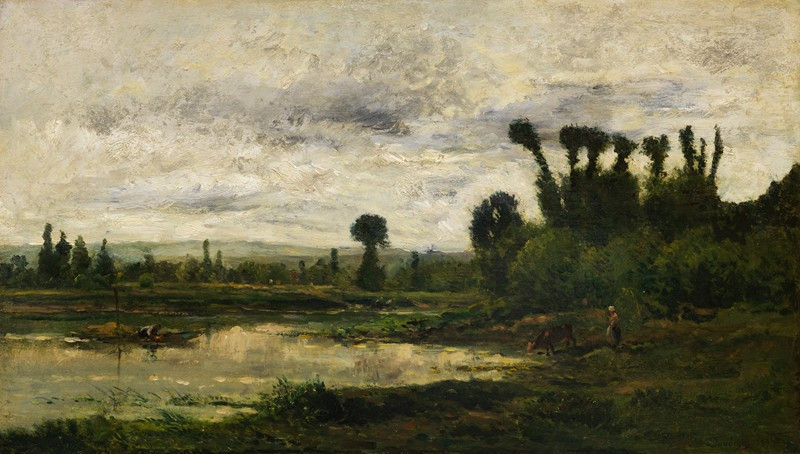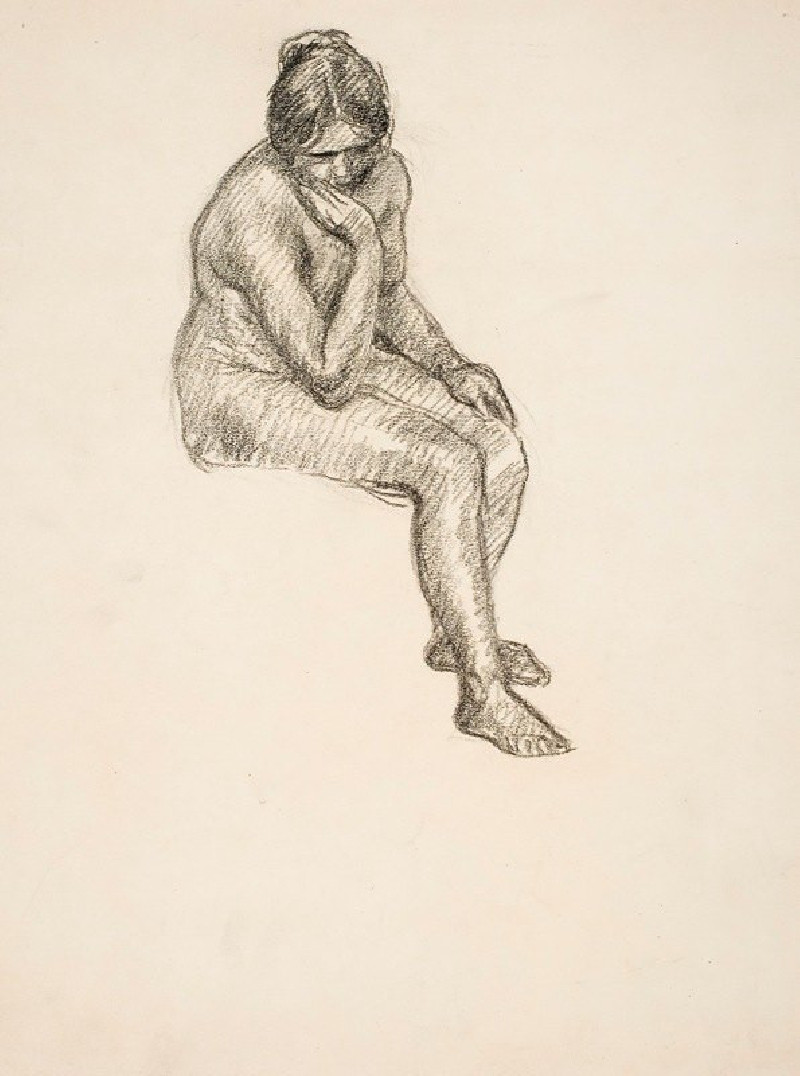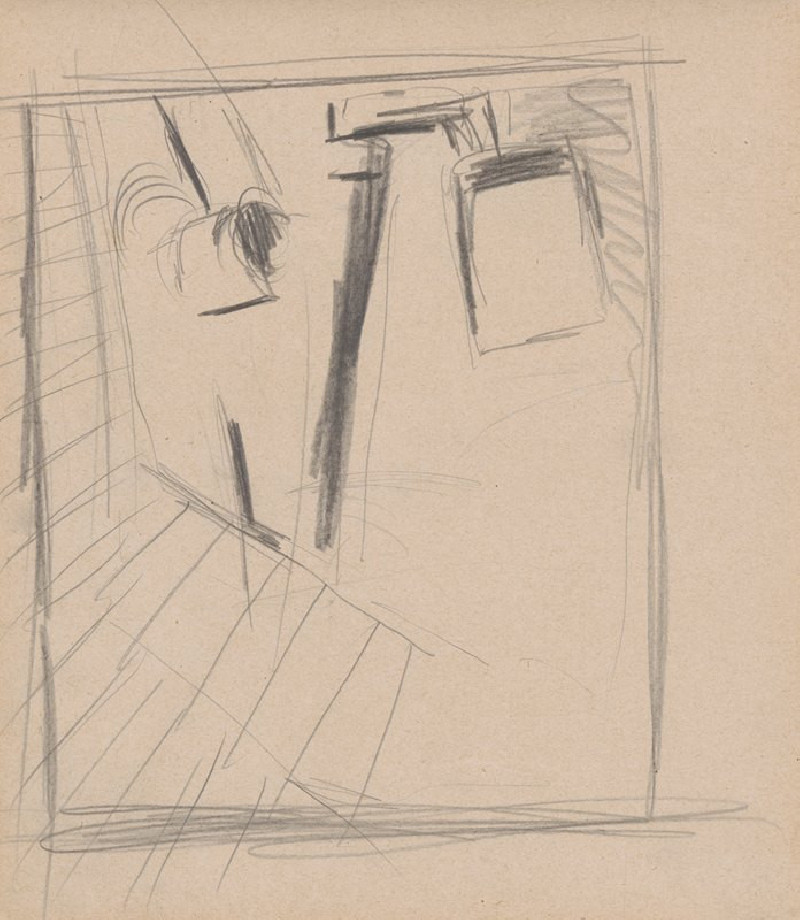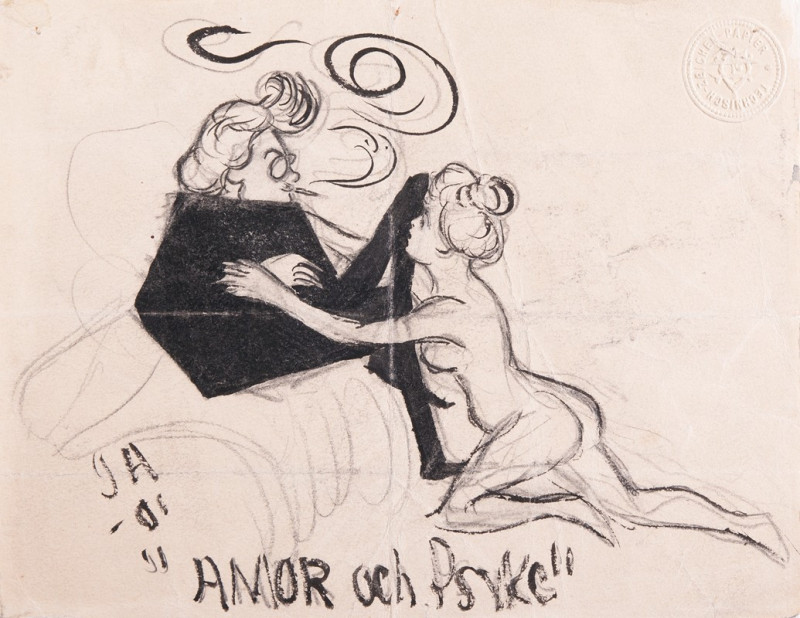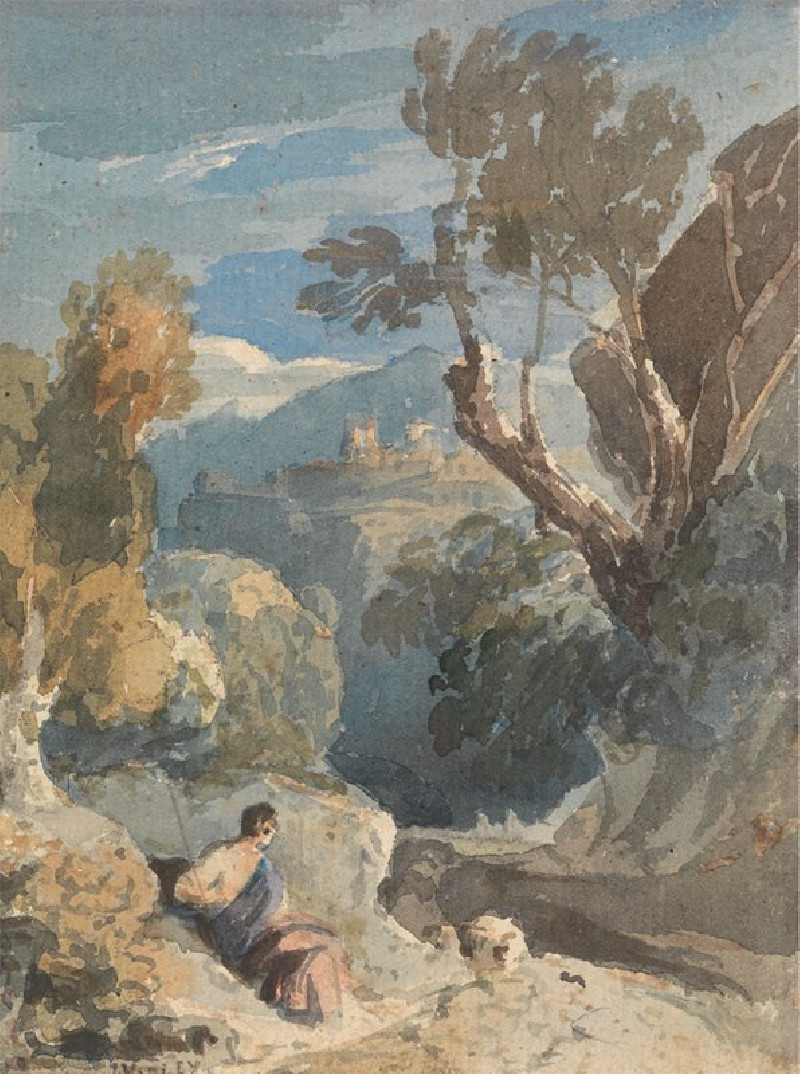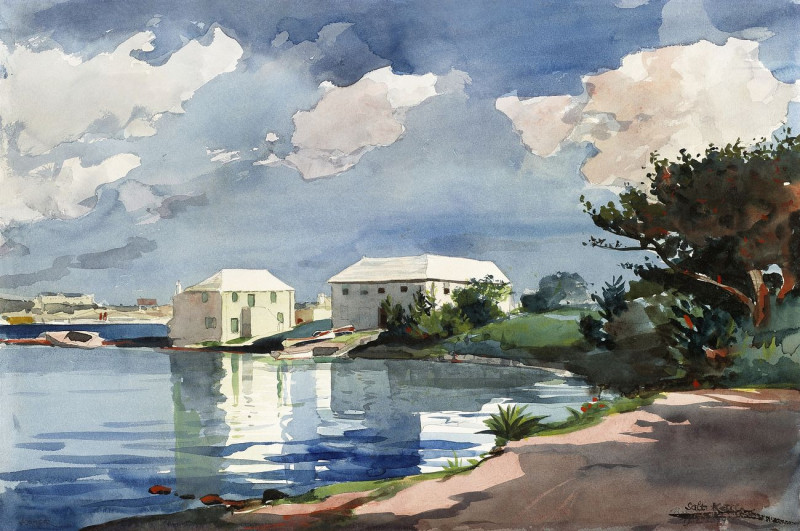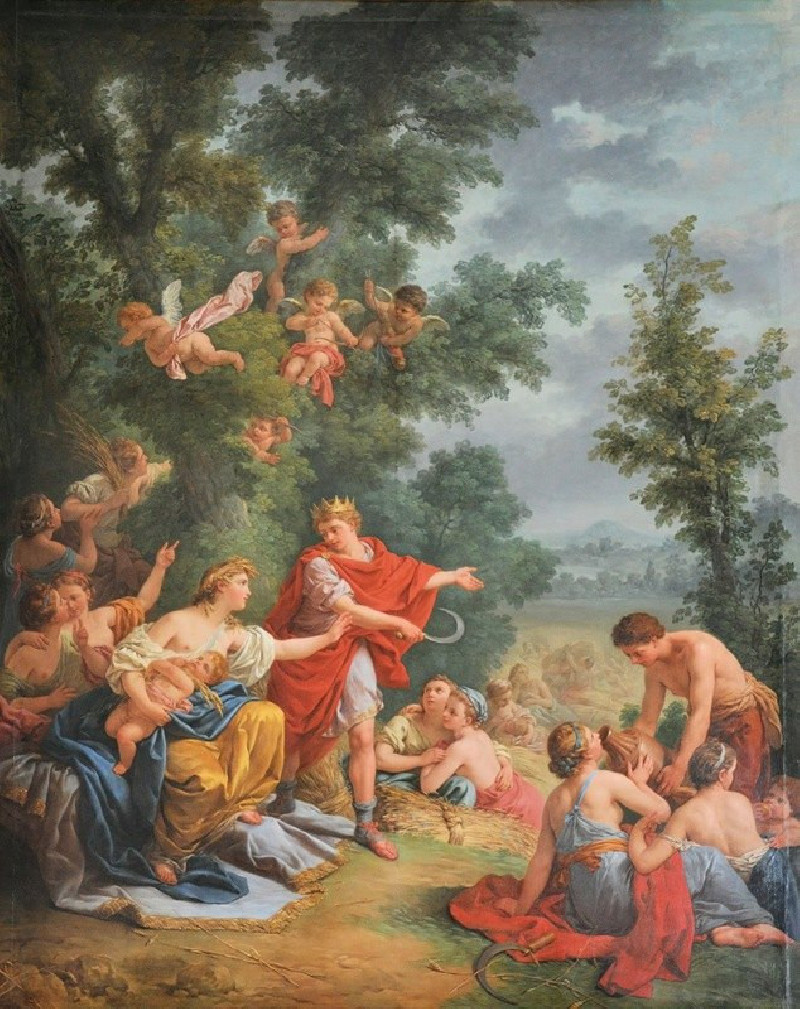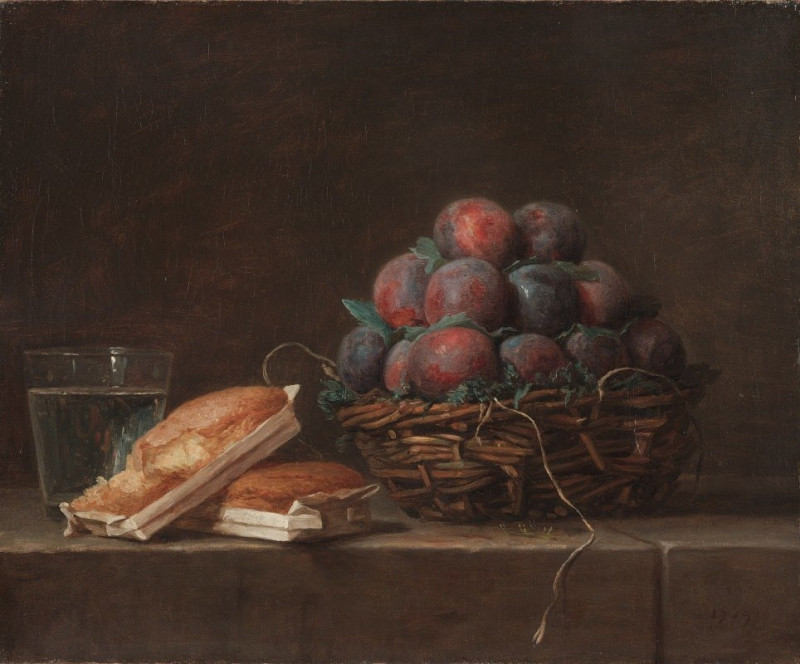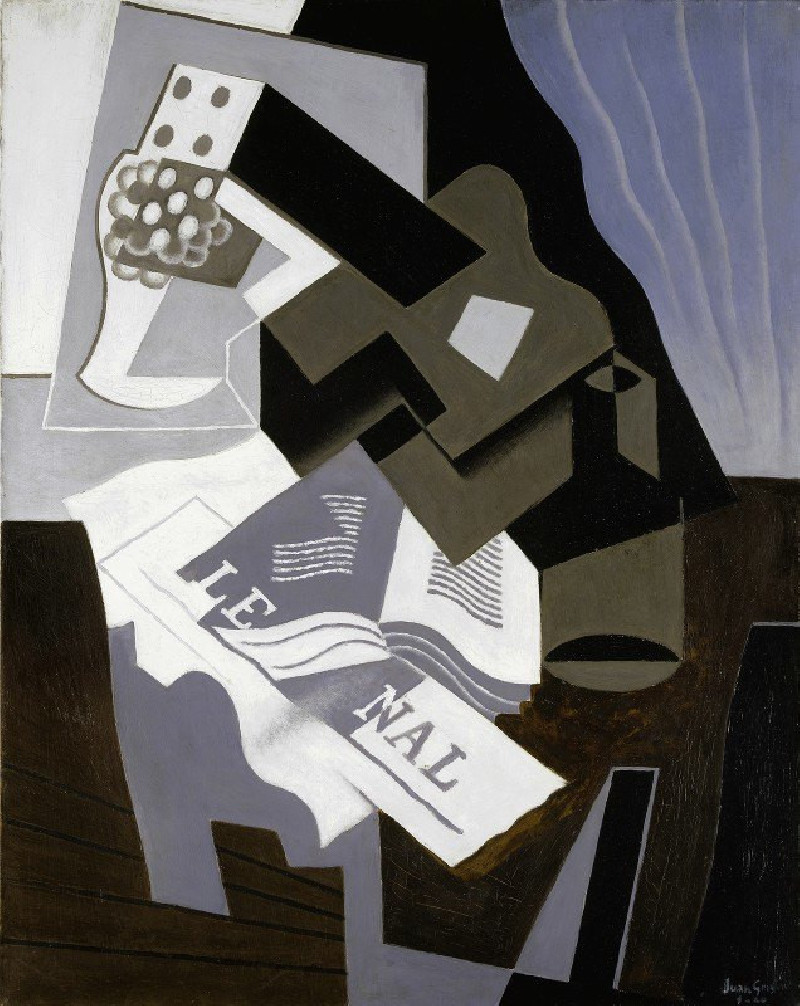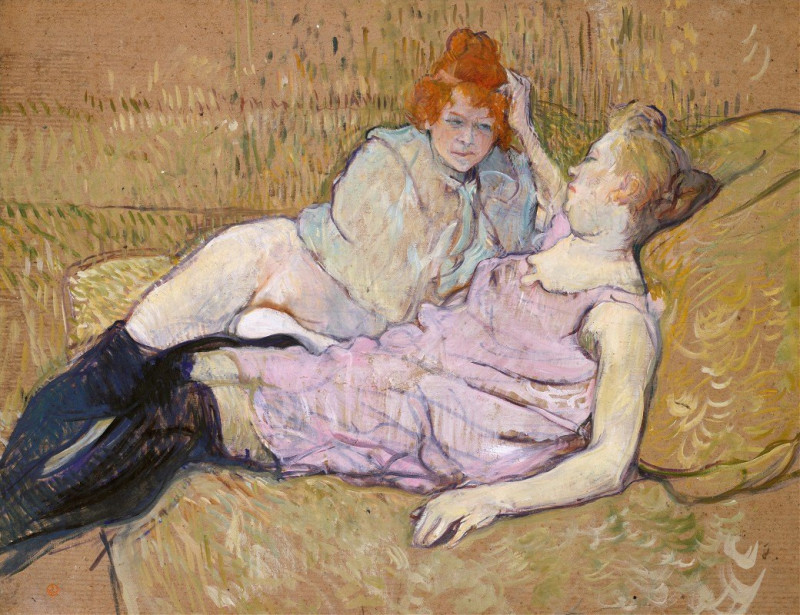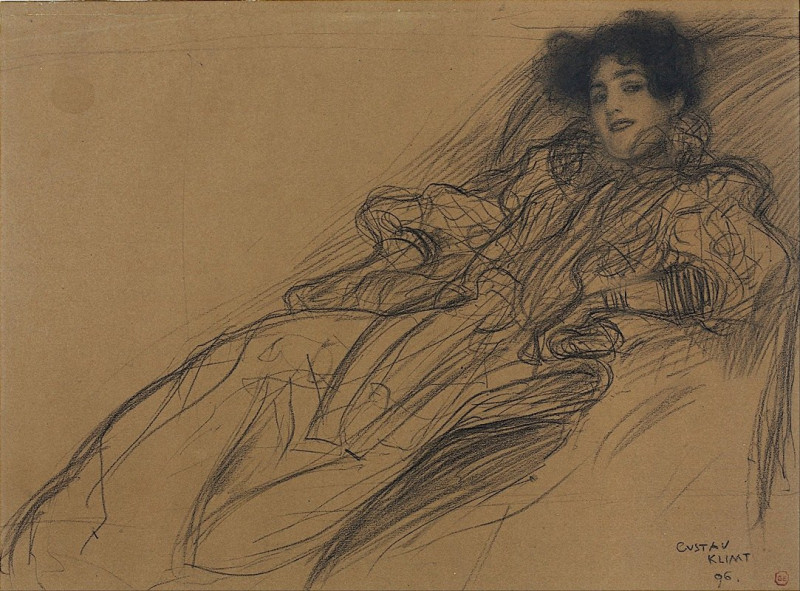The Lighthouse of Travemünde Seen from the South (1834)
Technique: Giclée quality print
Recommended by our customers
More about this artwork
In this serene and contemplative pencil sketch by Martinus Rørbye, titled "The Lighthouse of Travemünde Seen from the South," dated 1834, we are offered a peaceful glimpse of nautical life in the 19th century. This artwork beautifully captures the quiet majesty of the Travemünde lighthouse, a historical beacon on Germany’s coast.Dominating the scene is the sturdy structure of the lighthouse, detailed with precision, standing tall against a lightly sketched backdrop that suggests a broad and distant horizon. The lighthouse's robust form and the flag at its peak immediately draw the viewer’s eye, symbolizing guidance and safety for sailors.To the right of the lighthouse, the sketch includes a depiction of quaint local buildings and what appears to be a church with a tall spire, suggesting the close-knit community that relies on the sea for its livelihood. On the far left, moored ships add a dynamic element to the composition, evoking the ever-present connection between the townsfolk and the waters that surround them.Foreground details, like the cannons resting ashore, hint at a historical narrative of defense and protection. With his meticulous attention to detail and soft shading, Rørbye brings a tranquil seascape to life, inviting viewers to ponder the quiet beauty and historic significance of maritime life in Travemünde.
Delivery
Returns
Martinus Christian Wesseltoft Rørbye was a Danish painter, known both for genre works and landscapes. He was a central figure of the Golden Age of Danish painting during the first half of the 19th century.
The most traveled of the Danish Golden Age painters, he traveled both north to Norway and Sweden and south to Italy, Greece and Constantinople. He was also the first Danish painter to take to painting in Skagen at the northern top of Jutland, almost half a century before the thriving community of Skagen Painters formed and came to fame, through Michael Ancher, Anna Ancher and P.S. Krøyer.

